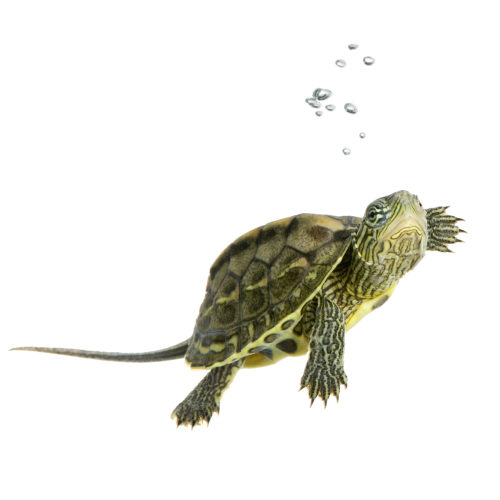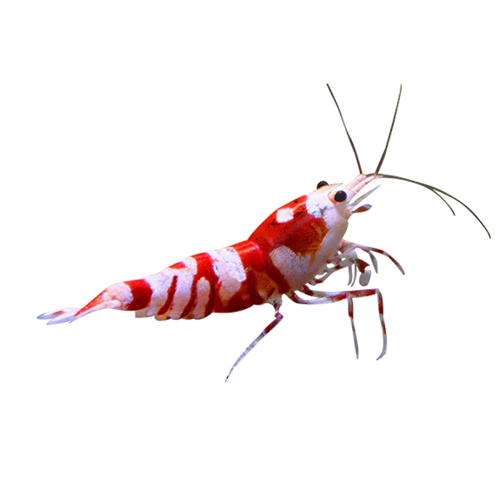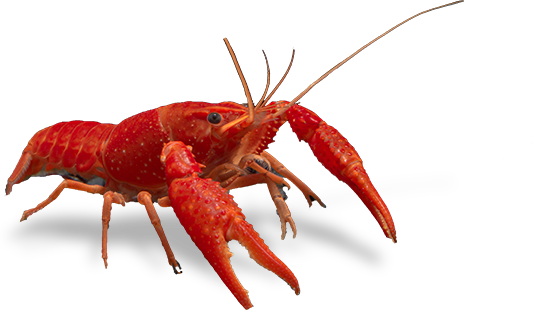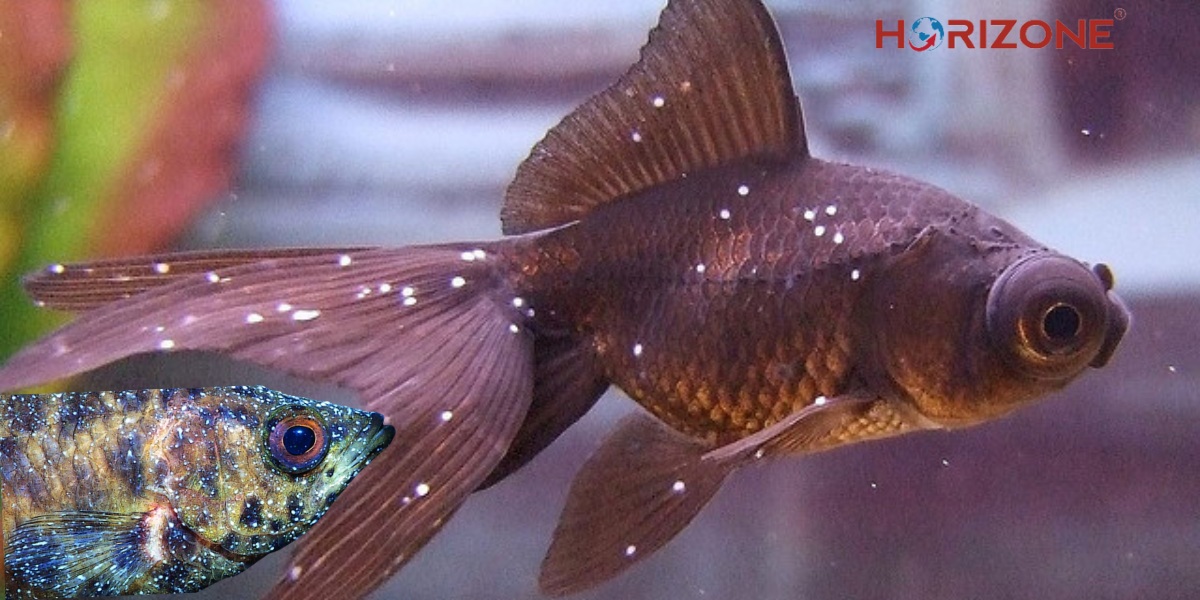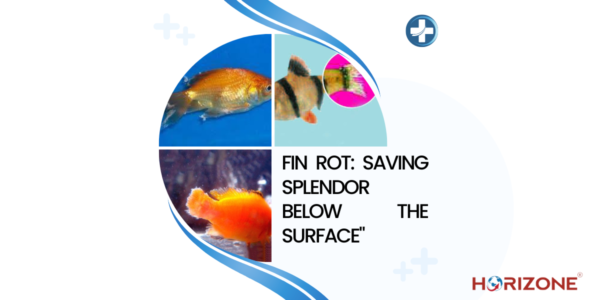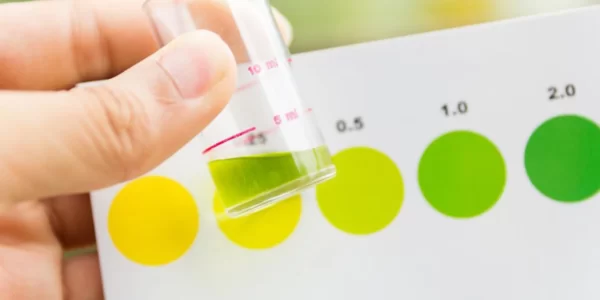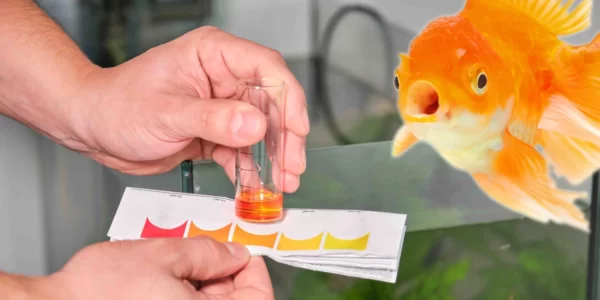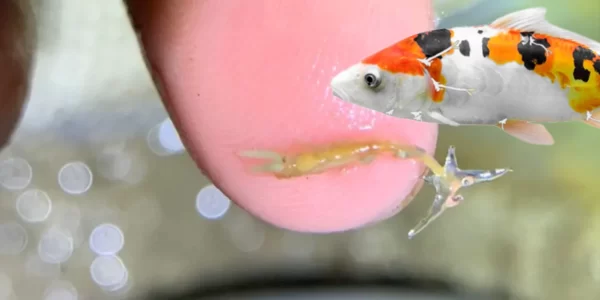In the tranquil world of aquariums and fish tanks, a seemingly innocuous threat hides beneath the shimmering surface – Ichthyophthirius multifiliis, commonly known as white spot disease. Those charming white dots can quickly transform into a catastrophic nightmare for your finned friends. This article explores this highly contagious fish disease, its life cycle, and the crucial signs you need to watch out for.
Contagious culprit

White spot disease is caused by an insidious agent called Ichthyophthirius multifiliis, or “ich” for short. This parasite is an obligate companion of fish, meaning it can’t exist without a live fish host. The dire consequences arise from its rapid transmission from one fish to another. Sudden environmental changes, particularly temperature fluctuations, trigger outbreaks of this disease.
Temperature triggers
Outbreaks often occur when the temperature suddenly drops, severely impacting the fish’s immune system. Conversely, during the spring season, warm water temperatures accelerate the parasite’s life cycle. This makes it essential for fishkeepers to maintain stable environmental conditions.
A Crowded Crisis
White spot disease is especially perilous in crowded aquatic environments. The ease with which it spreads from one fish to another is alarming. To compound the problem, a single parasite can give rise to hundreds of new parasites within one generation. Immediate treatment is crucial to prevent a devastating mortality rate. Left untreated, the outcome is grim, with a near certainty of 100% mortality.
The Parasite’s Life Cycle:

Understanding the life cycle of this protozoan parasite is pivotal for diagnosis and treatment. Despite its direct life cycle, it involves three stages:
Feeding Trophont:
During this stage, the parasite resides on the host’s skin and gills, feeding on their cells and tissues. Its protective mucus covering makes it impervious to chemical treatments.
Environmental Tomont:
Once matured, the trophont detaches from the fish and secretes a gelatinous cyst that helps it attach to surfaces in the environment. Within this cyst, the tomont rapidly divides, potentially producing up to 1024 new daughter parasites within a single cyst in just 24-48 hours, given warm temperatures. The stable cyst wall shields it from chemical treatment.
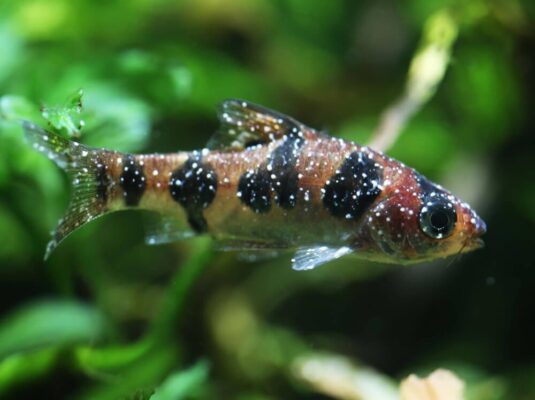
Infective Theront:
The tomont matures within the cyst and transforms into the infective theront. After a week (in warmer temperatures) or a month (in colder temperatures), the theront emerges from the cyst and becomes free-swimming, searching for a fish host. These infective forms are vulnerable to chemicals as they lack the cyst wall. Thus, targeting the theront stage is crucial.
Recognizing the Signs:
The classic sign of white spot disease is the appearance of tiny white spots on the fish’s body. However, by the time these spots become visible to the naked eye, the fish is already seriously ill. Early detection is paramount. Even before visible signs, watch out for these symptoms:
Irritability: Fish may flash, jump, scratch, or flick against objects.
Increased Mucus: An uptick in mucus production.
Weakness and Lethargy: Fish may be hesitant to eat and exhibit signs of weakness.
Breathing Difficulty: Due to respiratory distress, fish may surface frequently to breathe, gasping and displaying rapid gill movement.
Treatment Guidelines:

As previously mentioned, an outbreak of ich is a critical situation, and immediate treatment is imperative upon detection. Controlling this disease is exceptionally challenging due to the complexity of its life cycle and the large number of offspring produced by a single parasite.
In our discussion of the life cycle, we emphasized that only the theront stage is susceptible to chemical treatment. Therefore, a single dose of chemicals will only eliminate theronts that have emerged from the tomont cyst and have not yet burrowed into the skin or gills of a host fish. Timely and repeated treatments are essential to consistently target the juvenile, infective theronts, thus preventing the infection from persisting.
Enhancing treatment efficacy involves the removal of organic debris to eliminate cysts from the environment and reduce the emergence of theronts. It is crucial not to dispose of water or debris on the ground or in any area, as it can potentially spread the disease. Additionally, deceased fish should be promptly removed upon identification.
Treatment and Temperature Relationship:
Temperature significantly influences the parasite’s life cycle. In warmer temperatures (75-79°F), the life cycle is completed in approximately 3-6 days. Therefore, daily treatment with a minimum of 5-6 applications is recommended under these conditions. In cooler temperatures, the life cycle is prolonged, necessitating spaced-apart treatments. Even in these conditions, a minimum of five treatments is advised. Treatment should not be halted until all signs of mortality have ceased. Even after recovery, closely monitor weakened fish, as they remain highly susceptible to secondary infections.
Treatment:
Given the emergency nature of this highly contagious disease, timely detection and treatment are paramount. For more effective white spot treatment, we proudly introduce Dr. Fungus from the Horizone family.
Follow the treatment guidelines to safeguard your cherished aquatic companions from this catastrophe.
Prevention:

The age-old adage “Prevention is better than cure” holds true for this disease. Primarily, prevent its introduction by thoroughly inspecting incoming fish. Quarantine all incoming fish, even if they appear asymptomatic, as they can sometimes carry the disease without showing symptoms. A recommended quarantine period of at least 30 days helps mitigate the risk of an unfortunate outbreak.
Avoid sharing nets, siphon hoses, and other equipment that has not been properly disinfected between tanks.
By adhering to these standardized guidelines and practices, you can ensure the health and safety of your aquatic companions.

